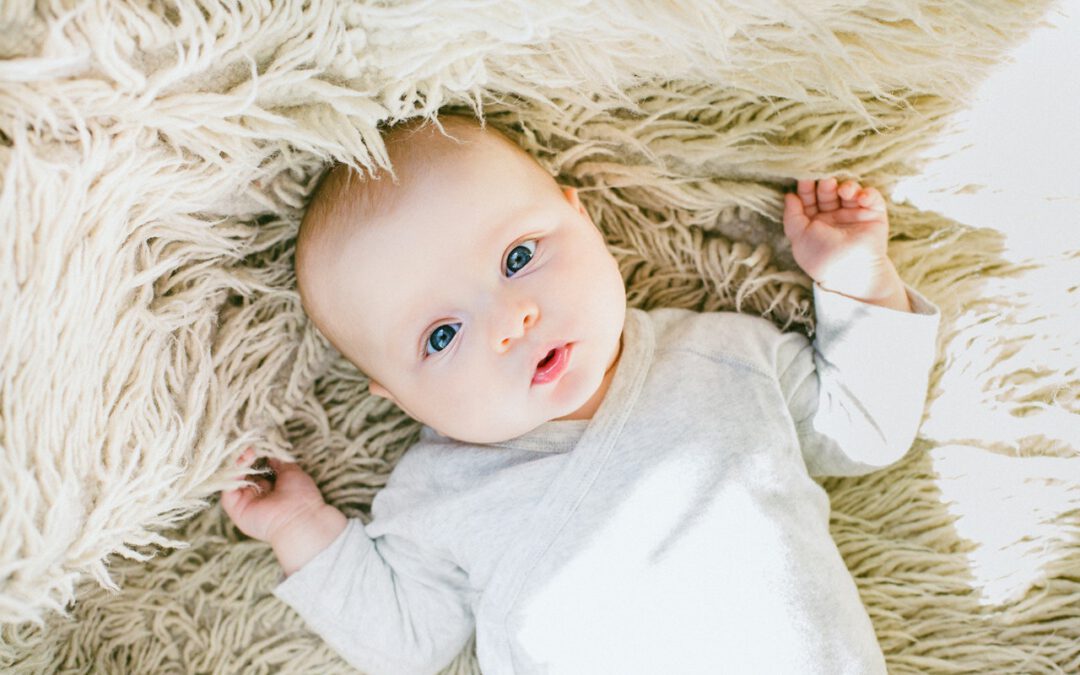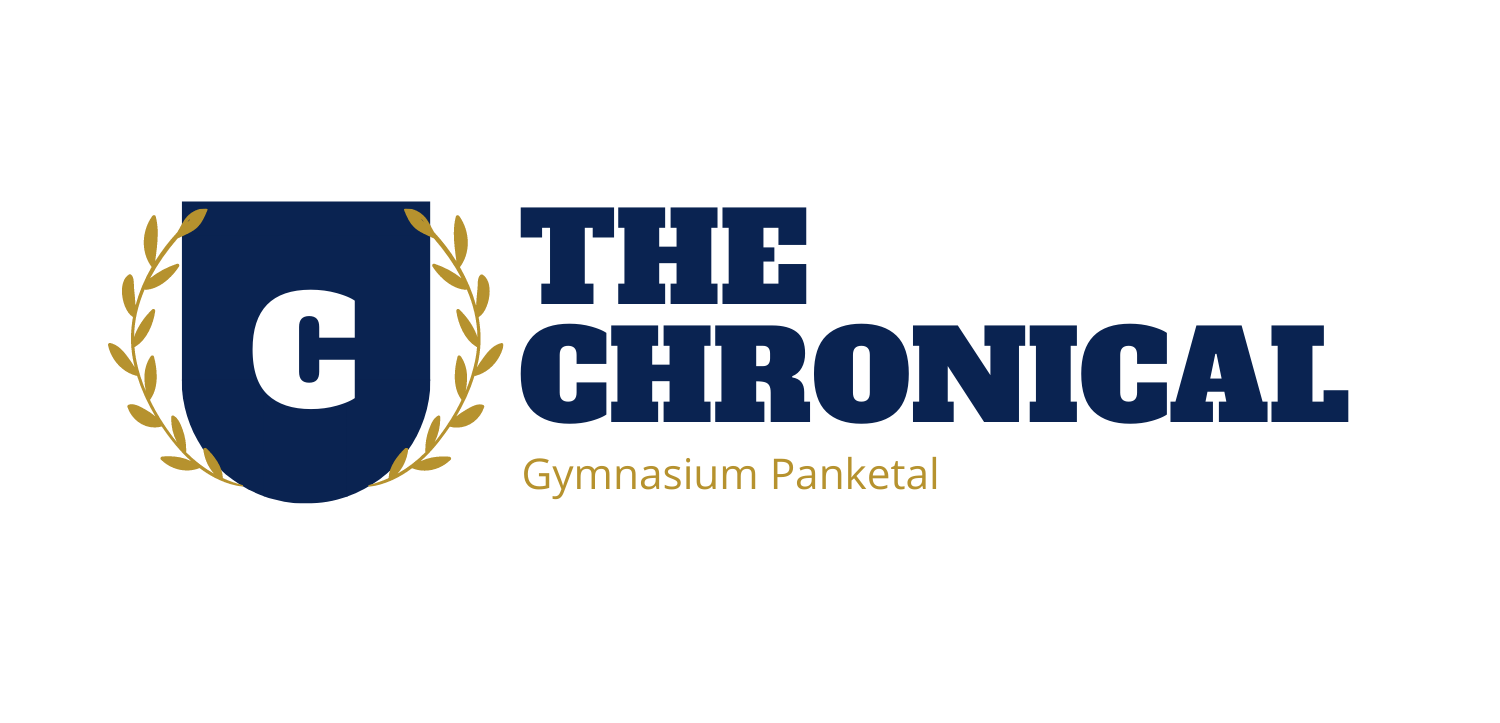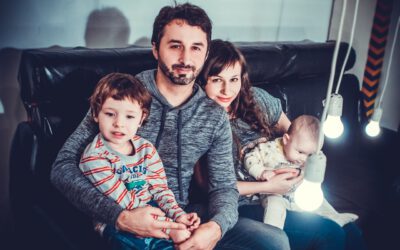
Are donor children okay?
Saviour siblings are children born to provide an organ or cell transplant to a sibling allowing them to stay alive. An example is shown in the lawsuit where Anna Fitzgerald sues her parents for the rights to her body.
A lamb fighting slaughter
Have you ever thought about suing your parents? You would think such a thought would never actually become reality, no way how you would twist it. However, a girl called Anna Fitzgerald did. She was born with the only purpose to sacrifice herself to save her sister: And now she’s taking her chances.
Using Pre-implantation Genetic Diagnosis to create Savior Siblings
Pre-implantation Genetic Diagnosis (PGD) is one of the best procedures to diagnose any sort of genetic defects or chromosomal issues within embryos. Besides sorting the genetic issues, the process further allows you to diagnose and determine the embryo’s quality during its developmental stages. The primary goal is to distinguish those embryos that are reproductively competent and are capable of producing a healthy child from those that cannot. Due to the advancement of medical technology, saviour siblings, as a further use of PGD, transformed from a mere idea to a feasible alternative in 2000 when the first baby, Adam Nash, was engineered or designed to save his older sister from a rare form of anaemia. When Adam was born a stem cell transplantation was done immediately and infused into his sisters Molly’s circulatory system. Molly showed improvement in 4 weeks and in three years her immune system was normal.
Do saviour children have rights?
The 13-year-old Anna Fitzgerald coined headlines of all kind of newspapers worldwide over the last weeks by suing her parents to fight for her rights. She was genetically created to save her from cancer suffering sister Kate Fitzgerald. Anna endured the pain her whole life that comes with the for Kate life-saving donations. She doesn’t want to aid with this anymore, since the next donation could be life-changing and has fatal potential. That’s why Anna sues her parents in cooperation with the celebrity lawyer Campbell Alexander. In court, they’re fighting for Anna’s right to decide over her own body. In legal terms, this is called medical emancipation.
The treatment options of APL
Acute promyelocytic leukemia (APL) is a unique subtype of acute myeloid leukemia (AML). It is caused by a gene rearrangement concerning the 15 and 17 chromosomes, leading to the formation of an abnormal fusion gene called PML/RARα. This gene produces immature white blood cells, and therefore a bone marrow transplant is needed to provide healthy leukocytes.
Interview with the parents of Kate about the lawsuit
Anna Fitzgerald is a savior sibling specifically born to aid her sister Kate who suffers from leukaemia. After the young Anna decided to sue her parent over the right to her own body, we decided to speak with the parents of Anna and hear out their opinion.
Interview with Kate Fitzgerald
Yesterday morning I had the chance to ask a few questions to Kate Fitzgerald, who suffers from Leukemia. As the sister of Anna, a savior sibling, she has got some interesting point of views regarding different topics, for instance the relationship with her parents. The following interview will prove that Kate has a breathtaking mindset and a heart of gold.
Creating human life just to destroy it?
A savior sibling refers to the creation of a genetically matched human being, in order to be the savior of a sick child in need of a donor. This requires creating human embryos in vitro, which literally means “in glass”, using the egg from the mother and fertilizing the egg with the father’s sperm. Then, using pre-implantation technology, the embryos are tested, and the one who is genetically compatible is implanted into the mother’s womb where the embryo can grow and develop. As soon as that baby is born, the cord blood is often collected because it matches perfectly for the sick sibling. In the embryos further development, bone marrow, blood, or even organs, can also be taken and used for transplantation for the affected sibling. The consequences on the new born and created child are controversial and seen from multiple different perspectives, as the case of the Fitzgerald family shows.


